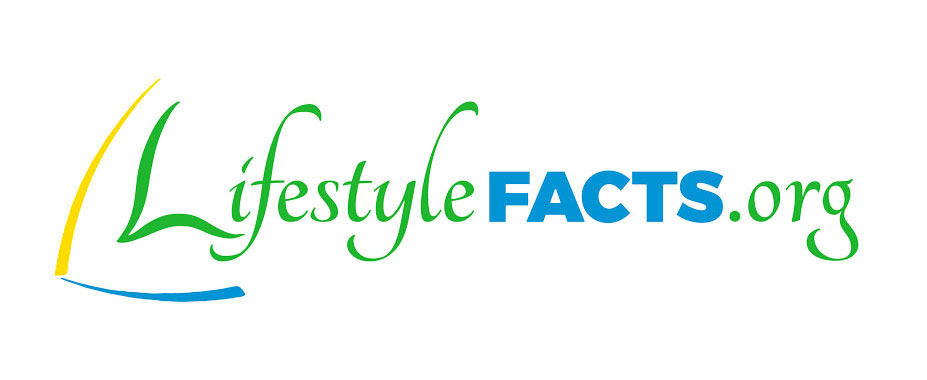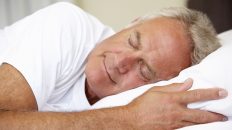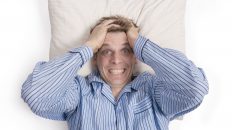By Virginia Gurley, MD, MPH
MB (Marc Braman, MD, MPH):
Our topic this session is “Lifestyle Light Prescriptions for Night Shift Workers”. I’m here with Dr. Gurley.
Dr. Gurley, how should we approach helping night-shift workers?
VG (Virginia Gurley, MD, MPH):
Well, night-shift workers often have 2 different sleep schedules – one for when they are working nights and one for weekends and non-working days or non-night shift days and the key is to be very regular about those 2 schedules.
MB:
So, how do we go about being regular with different schedules and changing schedules?
VG:
Well, let’s start by talking about the schedule for night shift work days and actually, there are 2 different schedules you can choose between for working night-shifts and getting good sleep. One schedule is to sleep before you go to work, which for most night-shift workers means sleeping from early afternoon through the evening. In this approach, you go to work shortly after waking up. The other schedule is to sleep shortly after you get home from work, which usually means sleeping from morning through to mid-late afternoon.
MB:
Which one is better?
VG:
It’s not clear from research whether a sleep-before-work schedule is better than a sleep-after-work schedule, or visa versa. But what is clear is that the best timing of bright and outdoor light exposure, to help your body’s rest and repair processes shift, is very different if you sleep before your night-shift or if you sleep afterward.
MB:
Could you explain that a little bit?
VG:
Sure, so if you sleep in the afternoon and evening, and get up shortly before your night-shift begins, then the best time to get bright light exposure is during the morning hours near the end of your night-shift and on the way home. If you don’t live too far north, the advantage of this schedule is the bright light of sunrise and early morning helps reinforce what’s called your advanced sleep schedule.
MB:
And the morning sleep schedule?
VG:
If you sleep in the morning and afternoon, shortly after getting home from work, then the best time to get bright light exposure is during the first 2 to 4 hours of your night-shift. And some recent research has shown that if the light has strong blue wavelengths, then the amount of time in bright light only needs to be about an hour and a half or 2
MB:
And what about the morning light after work?
VG:
Well, that’s one challenge with this sleep-after-work schedule is it’s very important to avoid bright light during the last part of your shift, and especially sunlight in the morning, like sunrise when you’re going from work to home.
MB:
So morning really bright light could really throw you off.
VG:
Yes, especially if you’re in that sleep after work schedule, and regardless of which sleep schedule you choose, it’s extremely important that you avoid bright lights during the 60 to 90 minutes before you go to sleep, and that your sleep environment is completely dark.
MB:
That could be pretty challenging to not have bright light exposure if you are driving home in the morning. How do you deal with that?
VG:
Yeah, well, a simple, but very helpful tool for avoiding too much light exposure before your sleep time and especially if you’re driving home in the morning is to wear either very dark or amber colored sunglasses. Dark sunglasses cut down the overall brightness, and amber glasses actually cut out the blue wavelengths of light that strongly suppress or turn off the secretion of your sleep hormone called melatonin.
MB:
What guidance can you give our listeners on which schedule to choose?
VG:
An important thing to consider when deciding which sleep schedule to follow is which part of the day is most important to your social and family life, both on working days and non-working days. So, for example, if being with your children in the morning before they go to school and getting up with them in the morning on weekends is important, then the sleep-before-work schedule might be best for you. On the other hand, if family and social time in the evenings are important to you, then the sleep after work schedule would probably fit best since you’re going to be awake then anyways.
MB:
Excellent guidance for treating the cause with light at night. Thank you so much, Dr. Gurley.
VG:
Thank you, Dr. Braman.
How to trick mother nature into letting you fly around or stay up all night. Revell VL, Eastman CI. Journal of Biological Rhythms. 2005;Vol. 20, No. 4. doi:10.1177/0748730405277233.
Human phase response curve to intermittent blue light using a commercially available device. Revell VL, Molina TA, Eastman CI. The Journal of Physiology. 2012; 590.19 pp4859-4868. doi:10.1113/jphysiol.2012.235416.
Shift work: health, performance and safety problems, traditional countermeasures, and innovative management strategies to reduce circadian misalignment. Smith MR, Eastman CI. Nature and Science of Sleep. 2012. 4:111-132, doi:10.2147/NSS.S10372.





